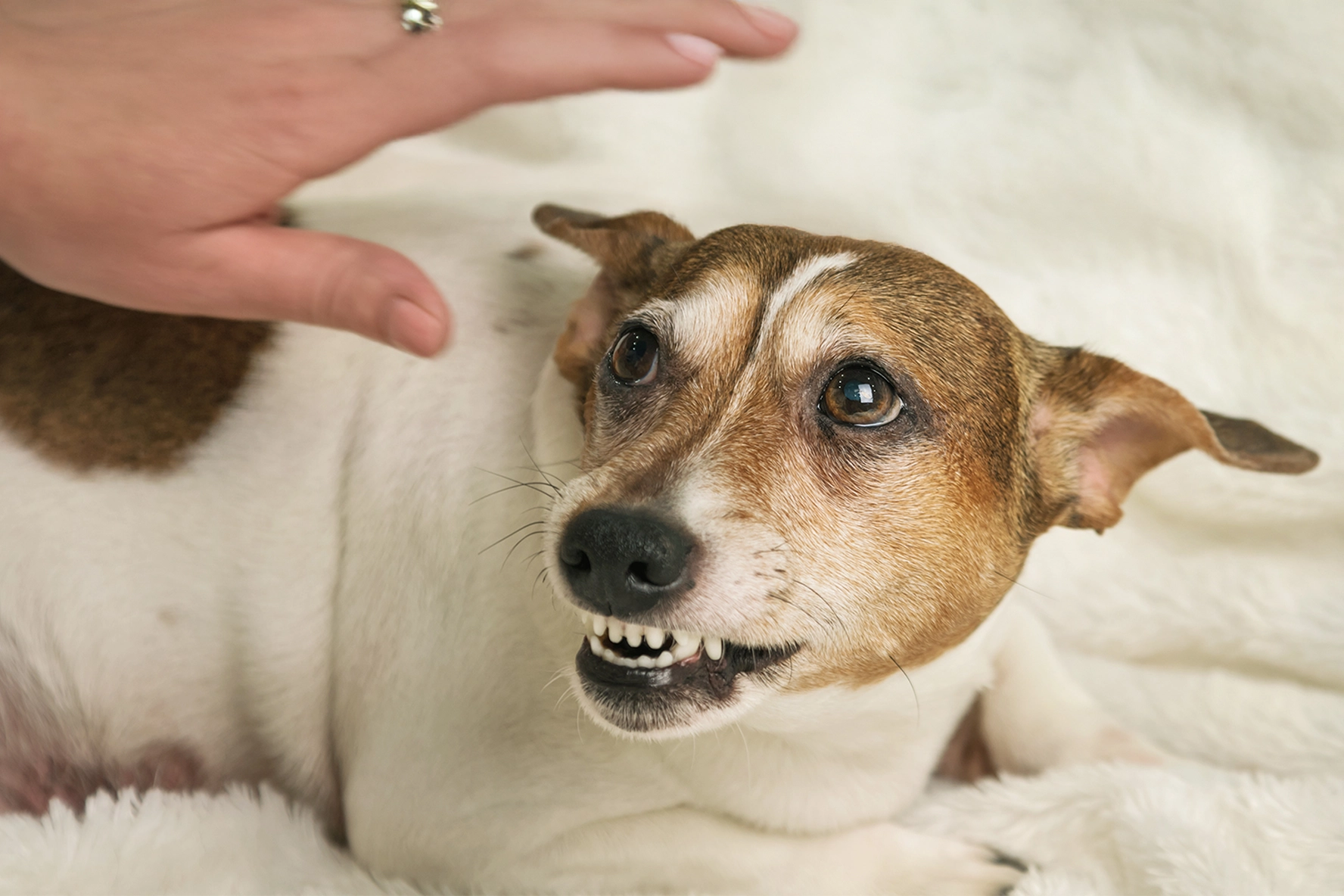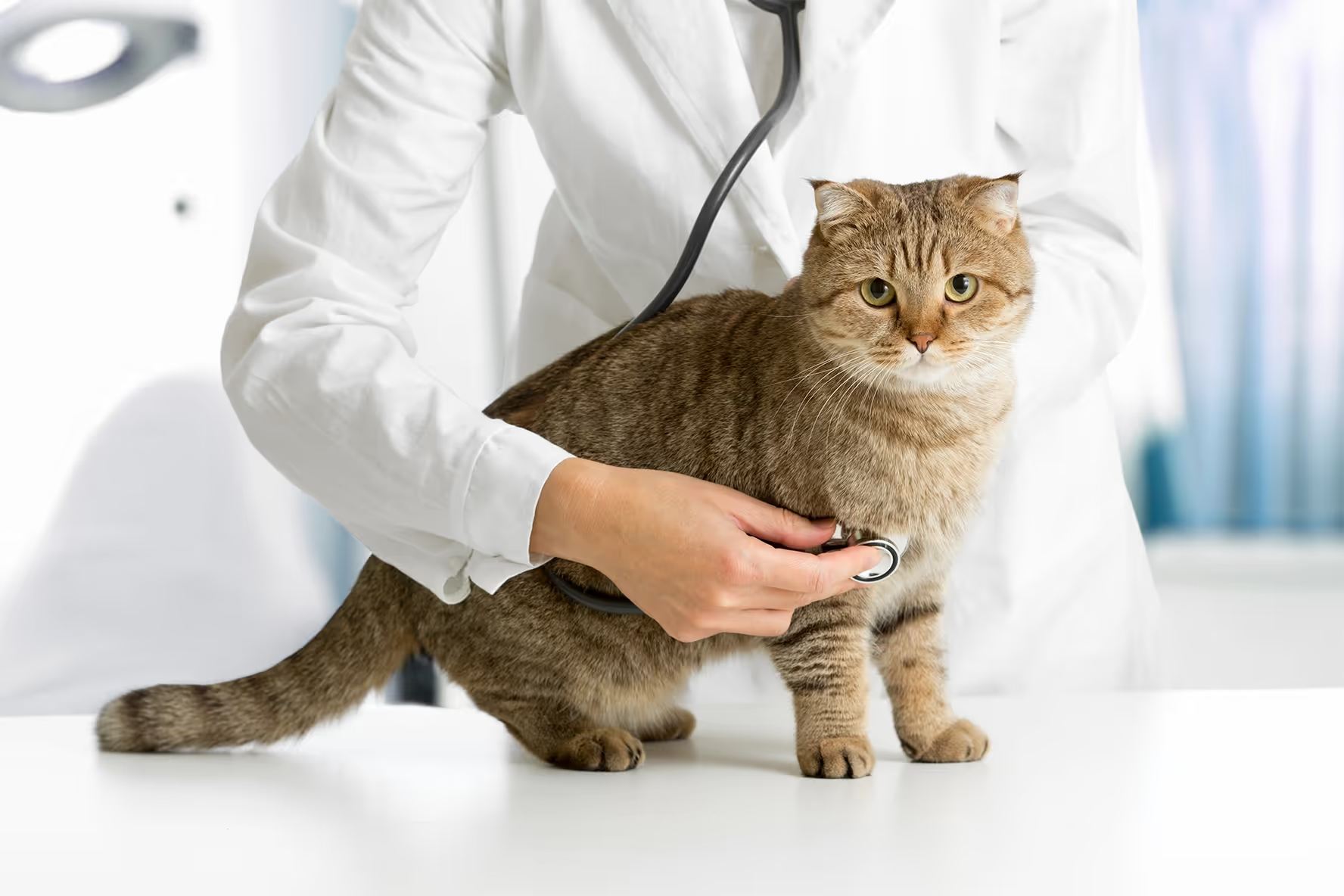
Traditional methods of diagnosing lymphoma are still perfect. If your veterinary oncologist is using traditional methods, they’re still working to help your pet get better. The future of testing works faster and harder to make the best outcomes possible for your pet.
How is lymphoma traditionally diagnosed?
One of the most important steps in diagnosing lymphoma in your dog is through the use of immunophenotyping. This process involves testing a dog’s cancerous cells to figure out precisely what kind of cancer is developing in them.
Immunophenotyping
This is a technique that identifies the specific lineage of the cells. It uses antibodies to locate antigens or markers on the cells. Those antigens and markers can tell where those cells came from and what they are doing to the body.¹
Tests to diagnose lymphoma
A few different tests are commonly performed to diagnose lymphoma. Each works to develop a proper treatment plan for your pet.
Fine Needle Aspirate (FNA)
Getting an FNA is the first step towards getting a sample to proceed through a test. The process of collecting an FNA is very simple. Your veterinarian will first insert a small needle into a suspected swollen lymph node (or other affected organ) and draw cells into an attached empty syringe. They repeat this step if necessary to gather enough of a sample for the test that is being performed. These cells either get microscopic examination or used in immunophenotyping tests.²
Flow Cytometry (FCM)
A flow cytometry test is done using an instrument called a flow cytometer. The machine starts the process by staining the live cells with fluorescently labeled antibodies. These bind to specific cell surface proteins and label the cell. When labeled cells pass through a light source, the fluorescent intensity detected by the instrument correlates with the presence of that specific surface marker.
The results from the flow cytometric analysis are helpful in determining an immunophenotype. They also allow the doctor to identify what kind of cells are within the tissue that they are studying. Identifying the cells allows them to know if they are cancerous (and what kind).³
PCR for Antigen Receptor Rearrangements (PARR)
Polymerase Chain Reaction (PCR) for Antigen Receptor Rearrangements is a molecular test that amplifies DNA from the suspected specimen and assesses the variable regions of B- and T-cell receptors. Using the PARR test, the diagnostic lab closely looks for a single peak or single band that clearly shows you whether it’s a B-clonality or T-clonality, which means the patient has cancer, and in this case, lymphoma or leukemia is detected in the patient.
Traditional treatment plans
Often, in traditional medicine, the treatment plan for lymphomas is through trial-and-error. Once the immunophenotyping is completed, veterinary oncologists can select chemotherapy treatments that have worked for similar cases in the past. This method is not always accurate. It can lead to testing multiple different combinations of chemotherapy drugs on your pet until they find a connection with the medicine and your pet’s improving health. But sometimes, it may take too long to identify the right chemotherapy medicine for your dog.
What makes ImpriMed’s testing different from the traditional route?
ImpriMed is diagnosing with the way of the future. The technological advancements through our program allow us to run hundreds of tests from a single sample. We work to provide treatment plans that keep our patients from having to be their own test subjects. Veterinary oncologists chose to be a part of our program, so check with your doctor to see if they're involved.
What does ImpriMed do?
Through the process that ImpriMed runs, we can understand your pet’s diagnosis on a much deeper level. This allows us to develop a game plan for your oncologist to create a treatment that will work faster than the traditional trial and error route.
Our system starts by running the traditional immunophenotyping tests that identify the type of lymphoma. This is, of course, sent to your doctor, as well as put into our artificial intelligence program. After that, we are able to run hundreds of tests of different chemotherapy drugs that have helped dogs in the past. And, in turn, see which would be the best to help your dog.
Our AI system can put your pet’s immunophenotyping profile, as well as any information that your vet provides, and the results of those tests for possible drug combinations together to work out the most efficient treatment for your pet would be.
How does it work?
It starts with a single sample taken by your vet through an FNA. The cells removed in that process are then added to a solution developed by ImpriMed to keep the cells alive through transport. That’s something that sets our system apart from others—not many companies can keep the cells alive once they are outside of the patient's body.
That sample is delivered to ImpriMed’s lab for testing within 24 hours of when it was taken. We then begin our process of developing an immunophenotyping profile on the patient’s cells. This process consists of running both a Flow Cytometry test and the PARR tests to get an all-encompassing understanding of every aspect of the patient’s cancerous cells.
Once we develop that immunophenotyping profile, it goes two places: to your veterinary oncologist, and into our artificial intelligence system to use later. That profile helps us select the chemotherapy medicines and combinations to test on the live cancer cells in the following process.
Through our system, we can test different concentrations and combinations of chemotherapy drugs that have been effective for animals with similar lymphomas as your pet on their live cells to see what the best treatment plan would be for your pet. The results are then processed together with the profile and information already in the artificial intelligence system. Together, all of that information allows our AI to plot out expectations for treatment and remission results for your vet to look at and create a treatment from.
How long does it take?
Lymphoma is a time sensitive cancer more often than not. We know that this is an important factor in choosing treatment and a significant reason for why the traditional route jumps right in, giving treatments to see what will stick. Our system runs very quickly to keep up with the time sensitivity that lymphoma calls for.
The process goes in 3 stages, the first of which begins at your doctor’s office. When the vet takes the sample, that’s where our program starts. We send the vet our solution that keeps the cells alive in sample tubes and the shipping materials so that we can get that sample within the next day.
After receiving the sample, we start the second process, performing the immunophenotyping tests on your pet’s cells. This creates results and a profile that we can send back to your vet within 3-4 days of taking that initial sample.
Once we develop that profile, we get started on the final process of testing treatments on the cells through the drug sensitivity test. This process takes 3 days, during which time the cells are incubated with the medicine. Results are taken at the end of the 3 days. Those results are entered into the AI system. It then puts all of the information that it has on your pet, their immunophenotyping profile, and any information that your vet sent us on their case, as well as the results from the drug sensitivity test together. With all of the information at hand, the AI develops a service report that covers everything. The best drugs to use, the type of lymphoma your pet has, the expected results of chemo treatment, and remission timelines. Everything your vet—or you—could wish to know about the course of treatment before going into it; the questions are answered through that report.
How to get your vet involved?
If your vet is not currently involved in ImpriMed's program check this list to see if there's an oncologist in your area. If you'd like to stay with the same vet you've worked with, find out how to get them involved here.
References:
- https://www.vet.upenn.edu/docs/default-source/ryan/oncology-handouts/fina-canine-lymphoma.pdf?sfvrsn=b7b102ba_4
- https://www.vet.cornell.edu/hospitals/companion-animal-hospital/oncology/oncology-medical-conditions
- https://www.ethosvet.com/blog-post/chemotherapy-for-canine-lymphoma/
- https://www.ethosvet.com/blog-post/canine-lymphoma/
- https://vcahospitals.com/know-your-pet/radiation-therapy
- https://caninelymphoma.com/canine-lymphoma-holistic-treatment/


